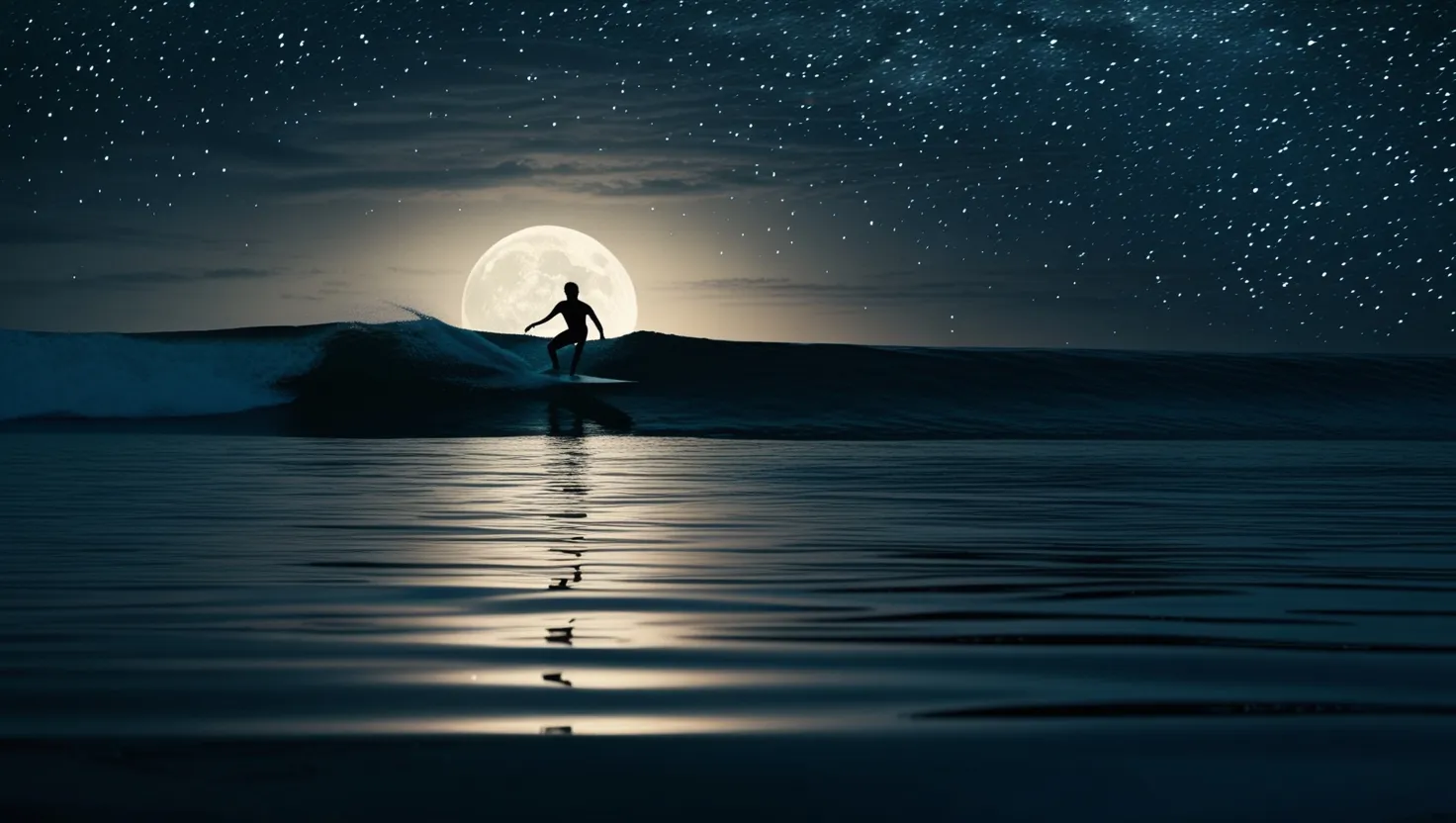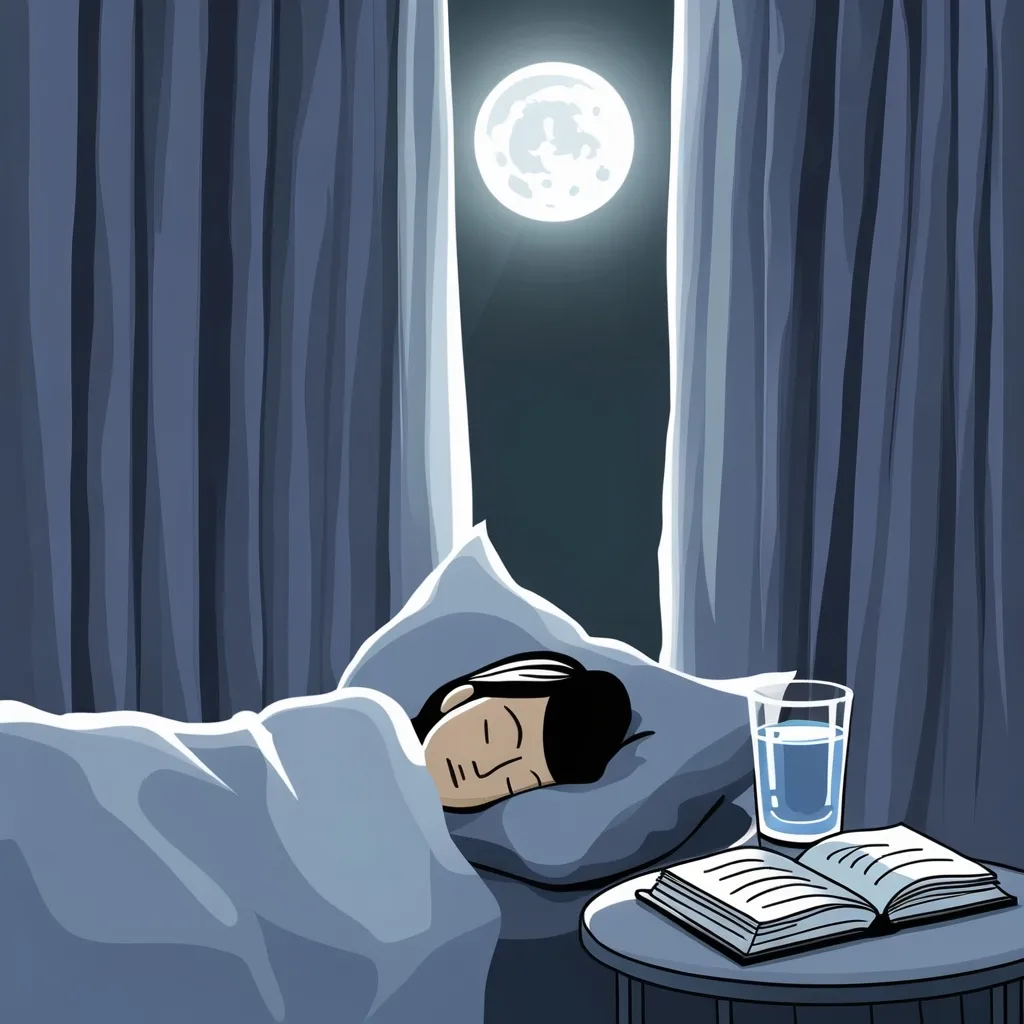Surfing, a sport often associated with the golden hues of sunrise and the vibrant energy of daytime, is undergoing a transformative shift. A growing number of adventurers are now venturing out to catch waves under the silvery glow of the moon, a phenomenon that has come to be known as moonlight surfing. This unique and captivating trend combines the thrill of riding waves with a profound connection to nature, but it also raises several intriguing questions about safety, marine life, and our relationship with the ocean after dark.
Imagine paddling out into the darkness, the only light coming from the full moon hanging low in the sky. The stars twinkle above, casting a magical glow over the waves. This is not just about surfing; it’s an immersive experience that connects you deeply with the natural world. In places like Waikiki, where surfing legends like Duke Kahanamoku once rode the waves, moonlight surfing is becoming a cherished tradition. Surfers here often speak of the mystical experience of gliding through the water under the moon’s gentle light, feeling as though they are part of an ancient ritual.
However, this enchanting activity is not without its challenges. Safety is a paramount concern when surfing at night. The lack of visibility makes it difficult to spot obstacles, such as rocks or other surfers, and the risk of collisions increases significantly. To mitigate these risks, surfers often use specialized gear, including glow-in-the-dark surfboards, LED-lit leashes, and even wearable lights that make them more visible in the dark. These innovations have made moonlight surfing safer, but they also underscore the need for heightened awareness and caution.
The interaction with marine life is another critical aspect of moonlight surfing. The ocean at night is a different world, teeming with nocturnal creatures that are rarely seen during the day. Surfers may encounter bioluminescent organisms that light up the water as they move through it, creating a dazzling display of natural light. However, this also means that surfers need to be mindful of their impact on these creatures and their habitats. For instance, avoiding areas known to be breeding grounds for certain species or minimizing the use of artificial lights that could disrupt the natural behaviors of marine animals.
The environmental considerations of moonlight surfing extend beyond just the immediate ecosystem. The increased activity at night can have broader implications for coastal communities and tourism. In some areas, moonlight surfing has become a draw for tourists, offering a unique experience that combines adventure with a deep appreciation for nature. This can boost local economies but also requires careful management to ensure that the increased traffic does not harm the environment or disrupt the local way of life.
Techniques for moonlight surfing differ significantly from those used during the day. Surfers need to rely more on their other senses, such as hearing and touch, to navigate the waves. The sound of the waves breaking and the feel of the water rushing past become crucial guides in the darkness. This heightened reliance on other senses can actually improve a surfer’s overall skills, as it forces them to be more attuned to the ocean’s rhythms.
Moreover, the psychological and emotional benefits of moonlight surfing should not be overlooked. Surfing under the stars can be a profoundly meditative experience, allowing surfers to connect with nature on a deeper level. The solitude and quiet of the night ocean can be therapeutic, providing a respite from the hustle and bustle of daily life. Many surfers report feeling a sense of peace and tranquility after a night surf, as if the experience has cleansed their mind and rejuvenated their spirit.
As moonlight surfing continues to gain popularity, it is also reshaping the way we think about coastal nightlife and tourism. In some coastal towns, night surfing events and competitions are becoming regular occurrences, attracting visitors from all over the world. These events not only celebrate the sport but also highlight the beauty and mystery of the ocean at night. They often include educational components, such as workshops on marine conservation and the importance of sustainable tourism practices.
The economic impact of this trend is also noteworthy. Local businesses, from surf schools to beachside cafes, are benefiting from the increased nighttime activity. Surf schools are offering specialized night surfing lessons, and equipment manufacturers are developing gear specifically designed for this unique environment. This growth in nocturnal surfing-related businesses is contributing to the local economy and creating new job opportunities.
In conclusion, moonlight surfing is more than just a thrilling adventure; it is a multifaceted experience that intertwines sport, nature, and community. While it presents its own set of challenges and considerations, it also offers a unique opportunity for surfers to deepen their connection with the ocean and the natural world. As this trend continues to evolve, it will be interesting to see how it shapes our relationship with the ocean and the ways in which we engage with coastal environments after dark. Whether you are a seasoned surfer or just someone looking for a new way to experience the ocean, moonlight surfing is an adventure that promises to leave you in awe of the beauty and mystery of the night sea.






